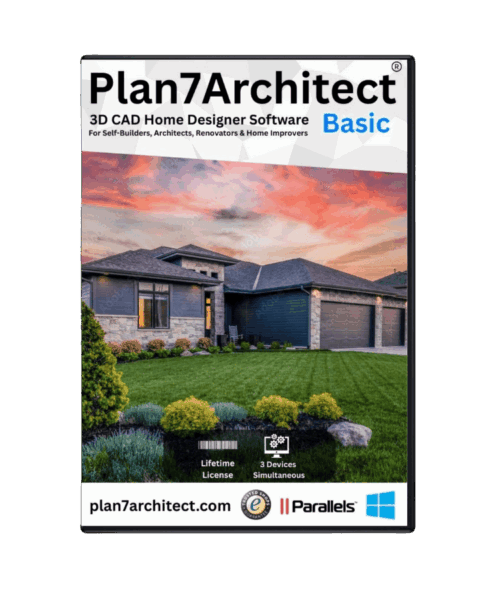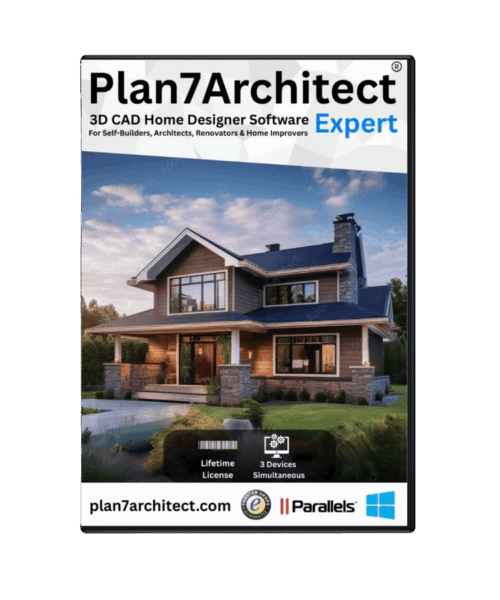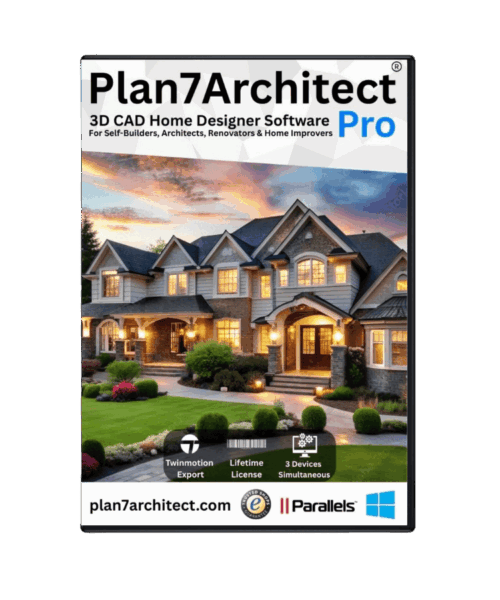Do you live in a small house and experience a packed living room? Even though the living room is where the whole family comes together, it can sometimes be challenging to articulate it in a spacious manner.
Sometimes, the living room doesn’t really feel like the centre of the home. We know it’s not the ideal scenario anyone would want for their homes; therefore, we’re here today with some useful tips to help transform your living room into a more breathable space.
Make use of what you already have
Although we know that you cannot break down walls or introduce windows at this point, or even if you want to, here are some things to consider.
Your living room is the heart of your home, and it should feel like one. Well-lit spaces with fresh air have great psychological impacts as well. We are fresher and more productive when we have a visual towards nature.
Yes, you got that right! Position your living so that your views are outwards, even though you don’t have any kind of nature outside. The arrangement of your furniture should not block natural light. Instead, it should minimize the use of artificial lights.
If your living room or any space for that matter receives ample sunlight, it will already feel more spacious.
The feature wall
To make any space better, you have to add some features to it. To draw attention and create engagement.
For a living room, you might just want to add a feature wall that does both for you; it draws attention as well as engages. While not just that, it also adds a background to your living room.
And that adds depth and creates layers of space. Which eventually makes it appear as a more spacious room.
Mirroring
Deploying mirrors to make a tight space feel spacious is one of the hacks used by top designers.
When you place two mirrors in front of each other, they imply visual cues and add depth, and then this confuses the brain to think that the actual space goes beyond and doesn’t stop there.
Eventually, it makes us feel that space is larger than it actually is!
Use the corner!
Anything viewed from the corner takes it to its best presentation. If you apply the same principle with your living room then chances are that you might just get the best possible outcome.
When you place your sofas at the corner, it gives an inviting and open gesture to whoever is approaching. An open gesture or scheme is synonymous with spaciousness.
While making use of the corner, make sure that it does not obstruct your circulation. It makes your space extroverted, and that is what most living rooms are for.
Plan your circulation
If you locate your pathway behind your living room furniture in a tight space, then you might be losing on the spacious quality.
On the contrary, circulating through the living room is natural for most cases. It makes it a more inclusive and congregational space that provides an opportunity for interaction for passers-by as well.
A private circulation gives you a more intimate living room experience. If your preference is to have a more private kind of space, you can have a separate circulation.
Add some curves
A lot of homeowners make a common mistake because they imply a rigid boundary with a rectangular sofa or some other furniture. And then have a rectangular table in the centre and other furniture around it accordingly.
Now, this might give you an organized space, but it certainly isn’t welcoming. The use of curves is essential, have a curved table, some other seating options, etc!
Curves add more interest and eases eye movement. The more eye movement you have, the better it is unless you go mad on the curves and the user gets dizzy!
Light colours
Light colours lead to light spaces.
Imagine sitting in a room with no windows or views outside and with dark-coloured walls. You know that won’t be an easy situation.
In some cases, you cannot have windows opening into your living room but what you can have is bright colours that lift your mood.
Colours have a great connection with our mood and feelings. Yellow colour is often associated with happiness. While dark colours induce paleness and intimidate us.
Choose the colour wisely. Do not go for overly dark and depressing colours or shade. Stick to light and easy on the eye colours.
Plan ahead and experiment with room layouts
Make use of your floor plan and see if your room layout will work! Planning before you invest in costly furniture will help you save from later regrets.
You can use professional 3D home design software and visualization tools to help resolve space issues by placing virtual furniture in your room and see how it looks and feels.
Experimenting with room layouts by using 3D floor planner software does not have to be left to the experts! Choose from a range of 3D home design software or visualization tools aimed at anyone wanting to try different layouts and visualize how these might look in real life!

Created in 3D Architect Home Designer Expert




